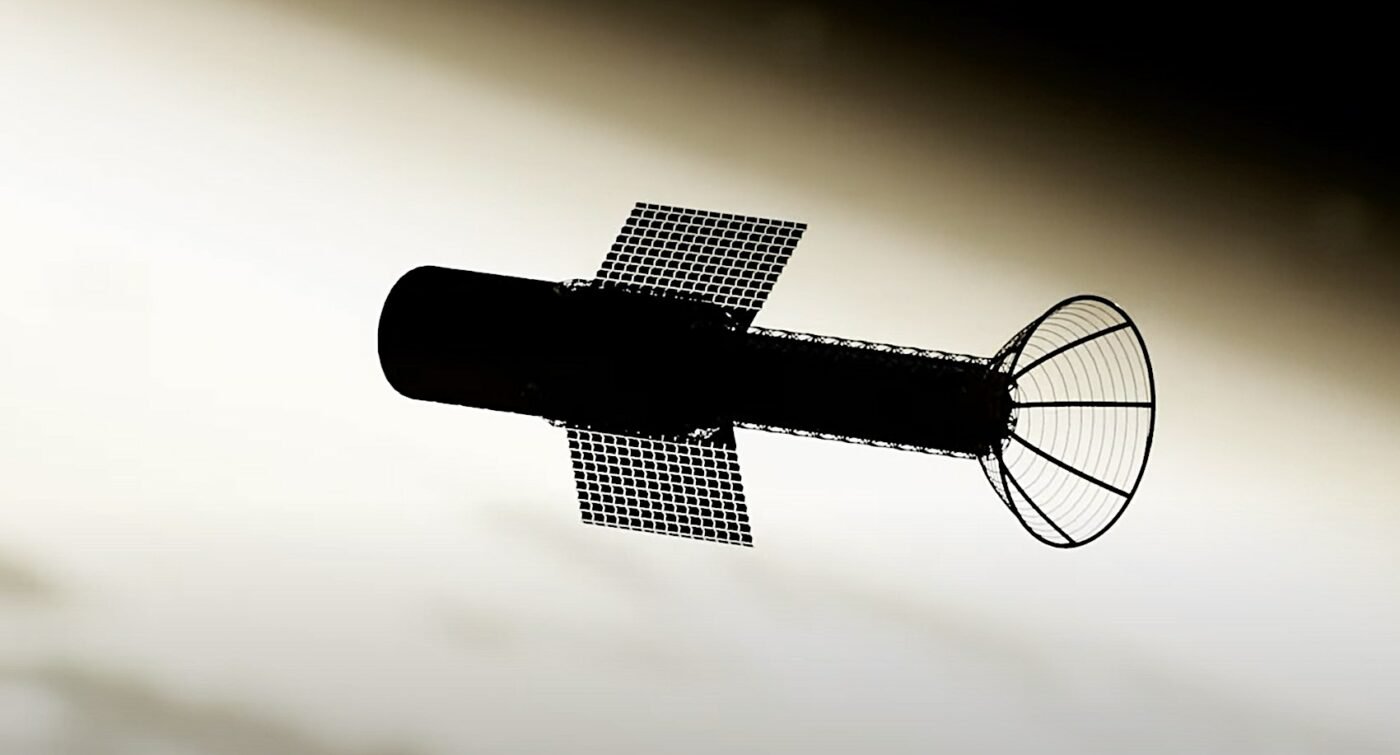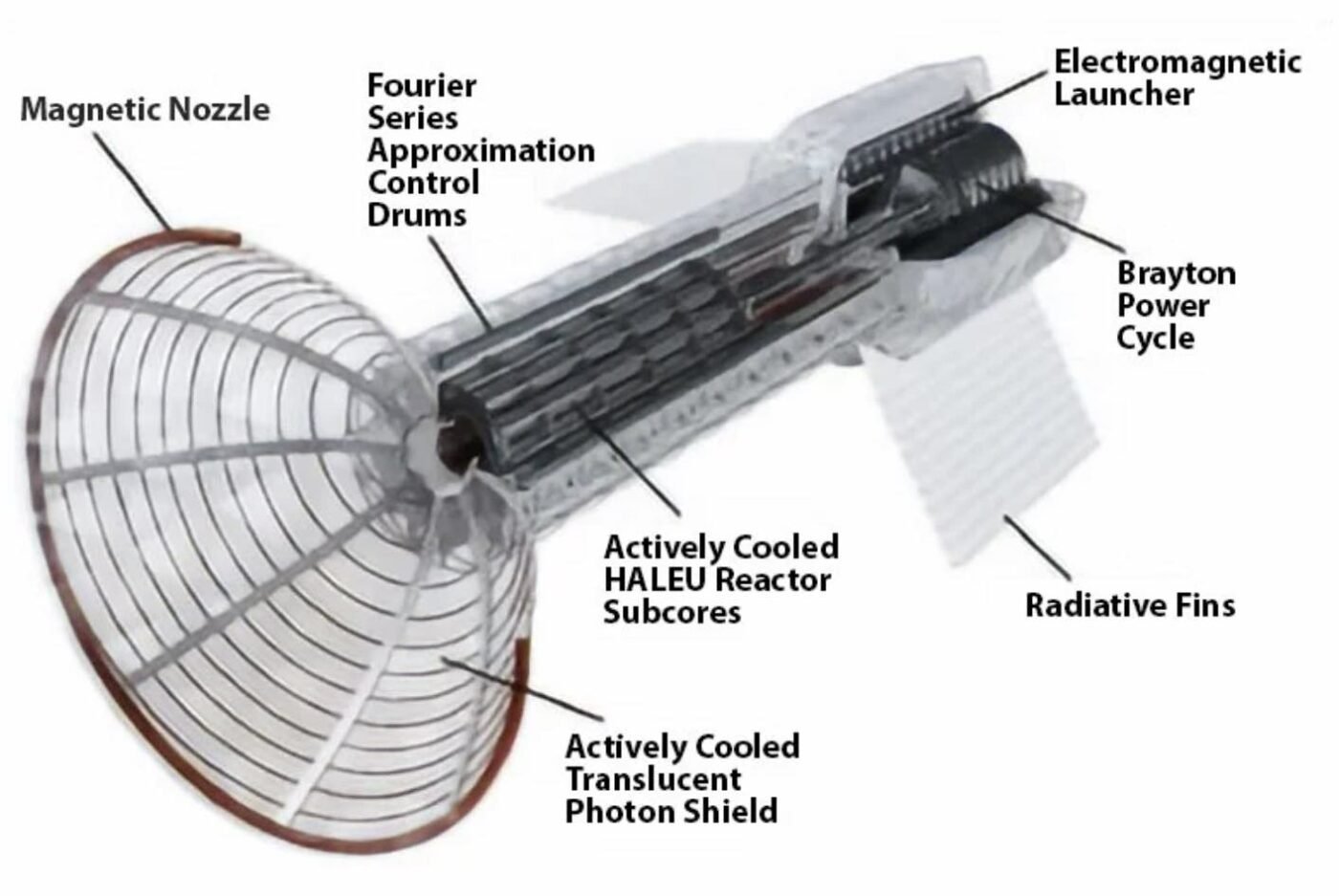
Posted on 05/21/2024 11:37:55 AM PDT by Red Badger

A groundbreaking new pulsed plasma propulsion system could soon enable faster and safer crewed missions to planets like Mars, according to a leading developer of novel technologies aimed at advancing the next stages of human space exploration.
Scottsdale, Arizona-based space technology developer Howe Industries recently announced that its Pulsed Plasma Rocket (PPR) could represent a game-changer in advanced propulsion for space travel, allowing crewed missions to significantly reduce the travel time required to reach Mars.
According to current timelines, NASA aims to send the first crewed missions to Mars within the next two decades using habitat-like spacecraft paired with hybrid propulsion capabilities that combine chemical and electrical forms of propulsion to enable such long-duration missions.
Enter Howe Industries and the PPR’s unique combination of high thrust and specific impulse energies. The technology is an outgrowth of the Pulsed Fission Fusion (PuFF) concept, which employs a modified z-pinch device to compress a fission-fusion target within a liquid lithium sheath. The resulting thrust is produced as combustion propagates and expands against a magnetic nozzle through a process known as deflagration, which involves electrical discharges that create strong magnetic fields and produce high plasma densities and temperatures.

Above: Simplified diagram detailing primary functions of the PPR system (Credit: Brianna Clements/Howe Industries). In essence, such magnetic nozzle thrusters work by accelerating plasmas to generate thrust for spacecraft, thereby presenting a form of electric propulsion with several potential applications in spacecraft design. In December 2022, The Debrief reported on new advancements in this field of engineering, potentially marking a discernible shift toward the viability of such advanced propulsion capabilities for future spacecraft.
According to Howe Industries, its PPR is capable of generating thrusts of up to 100,000 N and a specific impulse of 5,000 seconds. This offers optimal performance capabilities needed to reach the speeds required for reasonable periods of travel for crewed and cargo missions across great distances.
“The system’s high efficiency allows for manned missions to Mars to be completed within a mere two months,” the company said in a recent statement, adding that the PPR can also facilitate “the transport of much heavier spacecraft that are equipped with shielding against Galactic Cosmic Rays, thereby reducing crew exposure to negligible levels.”
VIDEO AT LINK...................
The PPR could also help make missions far beyond Mars a reality, boasting potential distances of up to 550 astronomical units (roughly 51126 miles, or 82,280 kilometers). Such capabilities could enable future explorations of the Asteroid Belt or even to locations in space far enough away that the gravitational lensing produced by the Sun could open new frontiers in observational astronomy.
Initial studies undertaken during the NASA Innovative Advanced Concepts (NIAC) Program established fundamental components of the technology, which included assessments of the motions and interactions of neutrons, or neutronics, as well as the spacecraft’s design and power system capabilities. During Phase II, the company plans to further refine its engine design to enable greater efficiency and reduced mass, in addition to completing proof-of-concept experiments in advance of plans for shielded human missions to the Red Planet.
If all goes according to plan, Howe Industries’ theoretical designs will move closer to having real-world applications that could greatly hasten humankind’s advancement toward becoming a true spacefaring civilization.
~~~~~~~~~~~~~~~~~~~~~~~~~~~~~~~~~~~~~~~~~~~~~~~~~~~~~~~~~~~~~~~~~~~~
Micah Hanks is the Editor-in-Chief and Co-Founder of The Debrief. He can be reached by email at micah@thedebrief.org. Follow his work at micahhanks.com and on X: @MicahHanks.
If they use the same propulsion system they would have turn turn the vehicle around about halfway.
Unless they are going to use air-braking at Mars. Is there enough atmosphere to do that at that mass and speed?
Just turn it around....................
Mars atmosphere has less than 1% the density of Earth atmosphere.
As much as I love the film The Martian (Matt Damon), the raging Martian dust storm that sets up the entire story line lacks the density to blow around large objects or blow over a space craft.
.
You misunderstand.
What is the max speed achieved by the space craft after acceleration stops?
Typical Mars-Earth transit - 12 months
New transit - 2 months
Probably LESS than 6X times usual speed.
Probably flies a much straighter line towards Mars, which would cut down the distance, which would reduce travel time.
“boasting potential distances of up to 550 astronomical units (roughly 51126 miles,
or 82,280 kilometers)”
An astronomical unit is 92 million miles.
Where did they get those figures?
5000 seconds is specific impulse (exit velocity divided by 32.174 ft/s^2), not burn time.

I wonder what we are going to do with the Klingons?
5.56mm
Banish them to Uranus........................
Gobbledygook.
Only what you see, pal.
Inter-planet acceleration is gravity assisted, utilizing gravity of earth - moon - solar system. The main function of the propulsion system is to put the spacecraft in a position to take advantage of gravity for “slingshot” effect.
I support funding this if all LIBs, lefties and communists HAVE TO go to Mars. If that were the case, I would say expedite this program.
And that’s why Voyager 1 has reached 11 miles/second relative to the solar system.
Just don’t send all the telephone sanitizers...
Exactly, I am leaning more and more to the space adventures/ventures being part of the military industrial scam. Throw Billions away, politicians get rich, we get some good AI generated images from artists renditions. Like the space telescope. What is the difference between imaging cells, DNA, etc versus planets, moons, galaxies? It takes special equipment and computers to put together the images. Nothing is real.
I know to look through a telescope I can see Venus, some moons, but I am actually seeing them. Not taking slices of a view and stitching them together.
“I would like a Pulsed Plasma Propulsion System in the 40-watt range.”
Just what you see here, pal.
L
Disclaimer: Opinions posted on Free Republic are those of the individual posters and do not necessarily represent the opinion of Free Republic or its management. All materials posted herein are protected by copyright law and the exemption for fair use of copyrighted works.